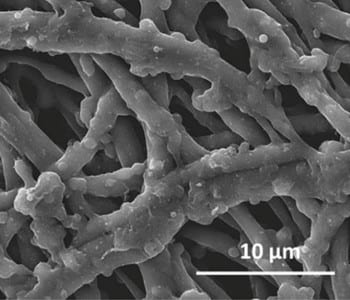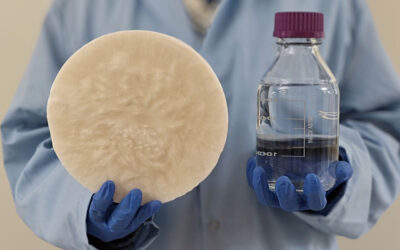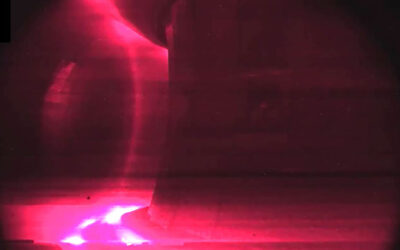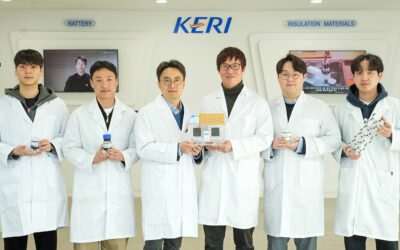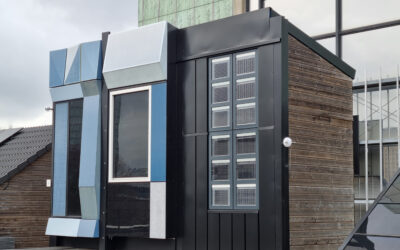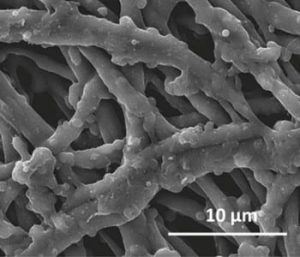 One of the hurdles with traditional dye-sensitized solar cells (DSSC) is the use of scarce and expensive Pt counter electrodes (CE). Seeking to solve this problem, Professor Manthiram’s group at the University of Texas at Austin has developed a naturally-derived carbonaceous material recycled from domestic waste – carbonized sucrose-coated eggshell membrane (CSEM) – as a CE in DSSC to enable large-scale deployment of DSSCs at an affordable cost.
One of the hurdles with traditional dye-sensitized solar cells (DSSC) is the use of scarce and expensive Pt counter electrodes (CE). Seeking to solve this problem, Professor Manthiram’s group at the University of Texas at Austin has developed a naturally-derived carbonaceous material recycled from domestic waste – carbonized sucrose-coated eggshell membrane (CSEM) – as a CE in DSSC to enable large-scale deployment of DSSCs at an affordable cost.
They found that defects and disorders at the CSEM structure can function as the electrocatalytic sites. In addition, the unique hierarchically-porous microstructure of CSEM mostly resulting from micropores with a pore size of < 2 nm facilitates a high surface area of ~ 400 m2 g-1 and fast charge-transfer process, leading to superior electrocatalytic activity for tri-iodide regeneration. The DSSC with CE based on a CSEM exhibits improved Voc with a competitive efficiency compared to that based on a traditional Pt CE.

